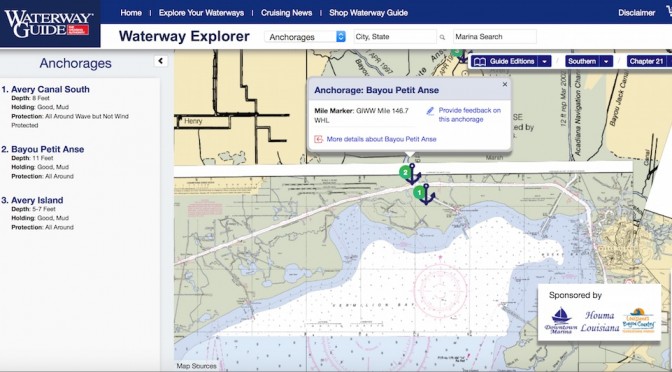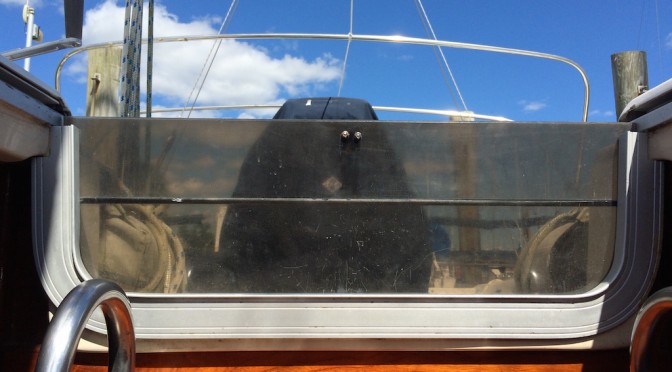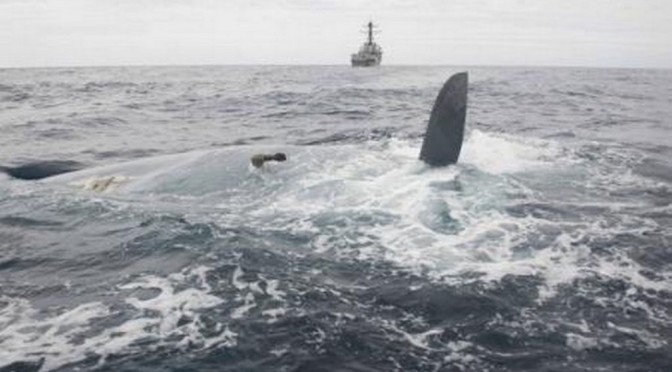Disclaimer: The following post contains a minimal number of screen-grabs and/or quotes from both web-based products being reviewed. Furthermore, these screen-grabs/quotes show only the information that is immediately and publicly available via the application. The purpose and intent of this post is education, criticism, comment, news reporting, teaching, scholarship and research. It is intended to be a truthful, non-deceptive side-by-side comparison of the products for the benefit of the sailing public – including my opinion regarding the strengths and weaknesses of each. Neither I nor bfsshop.com, nor any other entity with which I am affiliated, are being compensated in any way by any party for this review. Furthermore, I have no affiliation whatsoever with the organizations behind these applications. Therefore, I am claiming Fair Use on these screen-grab images and quotes.
As some of you know, I publicly asked the owner of ActiveCaptain (AC) to nuke my account after witnessing some of his actions on my favorite forum: Sailnet. I wanted nothing further to do with it. Continue reading Waterway Guide Beats ActiveCaptain



